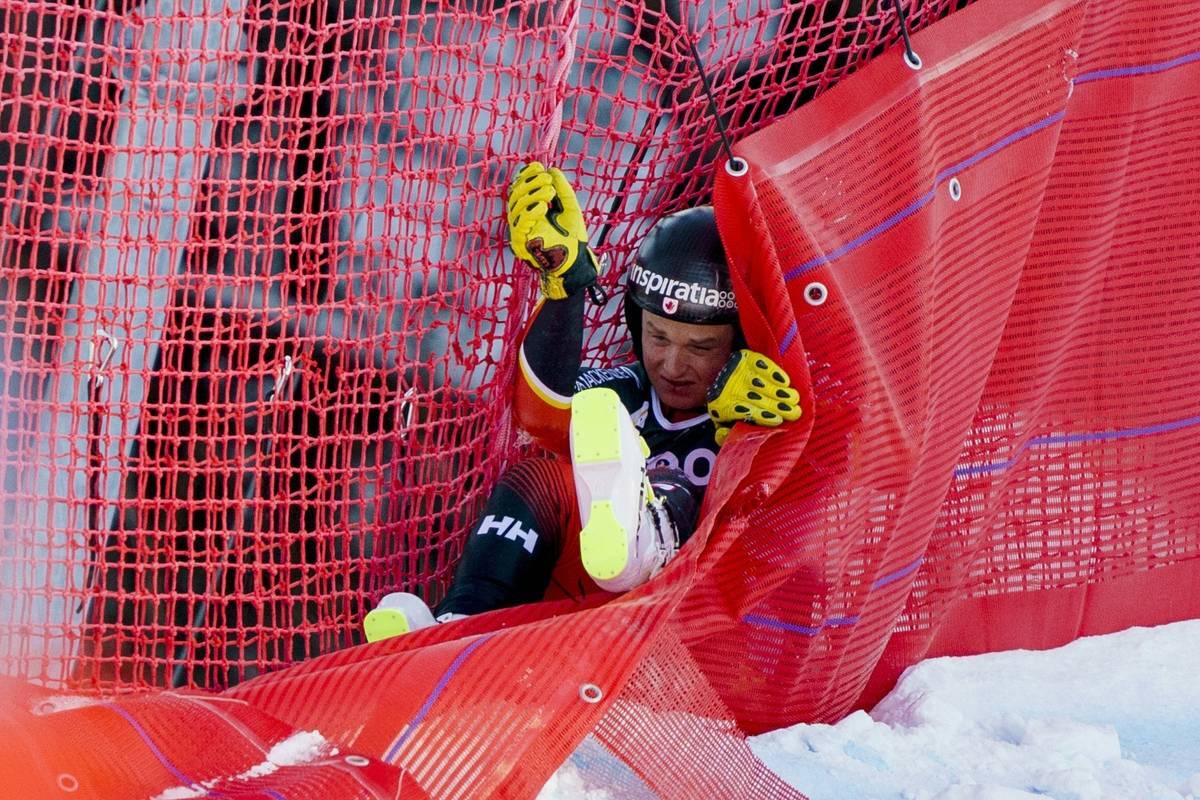
The fatal training accident of Italian downhill skis matteo franzoso is shocking the alpine ski scene. Franzoso is already the third Italian athlete to the in a training case within a year. Criticism of the Safety Measures Continues to Grow.
German Ski Legend Markus Wasmeier Himelf Ventured onto the World’s Most Dangerous Downhill Course for a Decade. In an interview with Sport1 , he has a clear Opinion on How to deal with the safety risk in the Downhill World Cup.
The Ski Problem: “Nets are only placed in Dangerous Places”
Sport1: Mr. Wasmeier, The Death of Matteo Franzoso Joins A Long List of Fatal Training Falls Outside the World Cup. Why are even the Largest Ski Associations Undle to Ensure Greater Safety on Training Slopes?
Markus Wasmeier: In training, IT is by No Means Possible to have the same level of Safety Measures as in Competition. Nets are only set up in Dangerous Places. It is impossible to cordon off the enttire route. That is simply impossible, in Terms of Effort. Every athlete knows that they can cannot afford to make a Mistake in this sport – not even in training.
SPORT1: Obliger Stricter Safety Measures On the Track Be So Expensive? What Costs would be incurred by Better nets, more fall zones or improved infrastructure in remote training areas?
Wasmeier: The Associations Cannot Afford That. That would not be financialy vible. That would be 15 to 20 kilometers where nets will bev to be erected. This requires Requires Proper Masts on which the nets are hung. On the World Cup Slopes, The Preliminary Work Starts in the Summer. The Slopes are then used Directly in the junior championships in winter.
Wasmeier: This is How More Safety Could Be Ensured
SPORT1: Wood it Therefore Perhaps Even Even Be Necessary For Downhill Training to only Take Place in Bundled Form as Official Training Sessions Under the Supervision of the International Ski FEDENTation?
Wasmeier: The International Ski Federation Has Nothing to do with that. They organize their Competitions – and Nothing more. The Associations Often Join Forces and then Organize the Training Together in Certain Ski Area in Order To Pool Their Staff.
Sport1: Do You See Any Levers At All, Then, As To How The Safety of Athletes Could Be Increased During Training?
Wasmeier: I Could Imagine That Something Could Be Achieved If the Nations Jointly Demand Certain Safety Standards From The Ski Area. There are some ski areas in South America that Charge a Lot for their use. But Whether the Ski Area Afford that is another Question.
“A Great Deal of Personal Responsibility Is Required”
Sport1: Active Professionals Search as Adrien Théaux Emphasize that Safety Precauions have not improved significantly in recent decades. The Motorsport is OFTEN CITED AS A Positive Counter-Example, in which Fatal Accidents have led to a Rethinking. Is there something to it?
Wasmeier: Whhenever to Accident Happens, Thought is Given to what can be made even. This is no different in motorsport than in Alpine Skiing. There are so many factors and a certain dynamic in downhill skiing that can lead to a serious case in a jump, in a curve or even in a straight stretch.
Sport1: Is the Pressure in the Ski World Cup – Especialy on Young Athletes – Simply Too Great?
Wasmeier: with Young Athletes, It is of Course the Case that they are a little beschind in their training, but want to estublish themelves. But there are no trainers in Any Nation Who Say that you have to take full risk. The Young Athletes are Slowly Introduced to this. Then, However, IT IS OF COURSE UP to the athletes Whether He Sticks to It Or Still Gives Full Throttle. A Great deal of personnel responsibility is request.
Helmets like in motorsport? Wasmeier is skeptical
Sport1: Why Didn’t the Helmet Prevent Franzoso’s Fatal Head Injuries? Could it be worth consiedering use more resistant helmets like in motorsport?
Wasmeier: You Cannot Compare Thesis Helmets With A Motorcycle Helmet. The motorcyclist does not have search a deep downhill position in which he has to bring his head into the neck. There are development from the Helmet Manufacturers Every To To Two Years. Back When I was Active, My Helmet Had Perhaps A One Centimeter Thick Padding and a Carbon Coating. Today, the padding is around to five centimeters. In the End, However, The Body is Always The Crumple Zone.
Sport1 : Do you see New Technological or Scientific Developments that Could Significantly Reduce the Risk of Search Accidents In The Future?
Wasmeier: i can’t imagine that, unortunately. The discipline Simply Brings This Danger with it. That is why there are comparativeely few athletes who practice this sport.